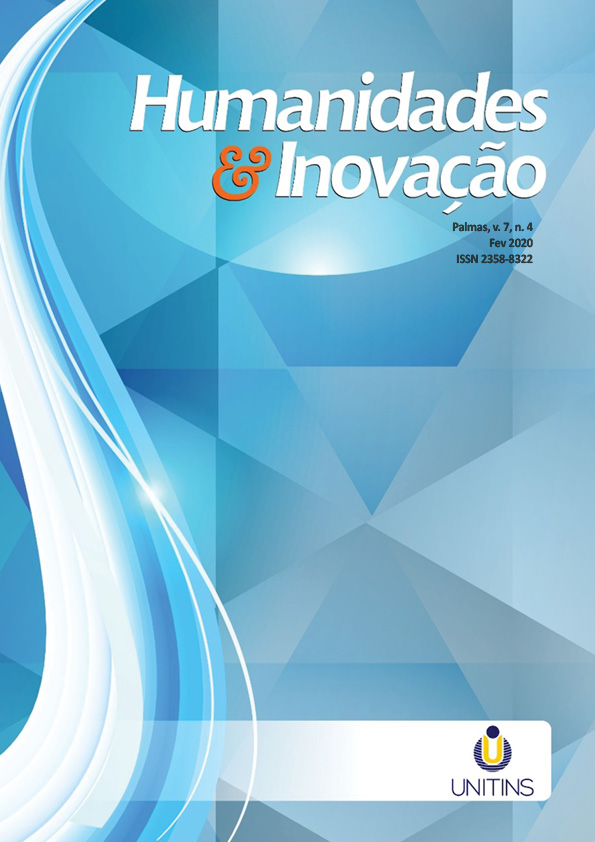INVESTIGATING THE MECHANISMS OF THE LOCAL WATER MARKET FORMATION AND ITS ROLE IN URBAN AND REGIONAL PLANNING WITH EMPHASIS ON KASHAFROOD BASIN
Resumen
Today, the development of market-based allocation mechanisms is raised as a sustainable, flexible and efficient way in managing water resources and redistributing them among different uses. However, the market’s ability to efficiently and optimally allocate water depends on the establishment of the specific conditions of the market and the commodity exchange (water). Water, in addition to being the source of life, is raised today as an economic commodity. One of the most important features of any economic commodity is its ability to be exchanged and traded in the market. According to the Law on Implementation of General Policies of Principle (44) of the Constitution, Article 142 of the Fifth Development Plan Act and also legal obligations, communicated strategies and policies and the need to employ appropriate economic tools to promote the economic value of water are better implemented through strengthening and developing local and regional water markets and providing a non-discriminatory, efficient and transparent environment for water exchange in the local market system. This study aims to explain the theoretical foundations of the local water market with emphasis on supply and demand management in the water sector (Kashafrood basin).
Citas
Bohlulvand, A. & Sadr, K. (2007). Justice, market and fair price SAMT Publisher.
Garrido S. (2011). Governing scarcity. Water markets, equity and efficiency in pre-1950s eastern Spain. International Journal of the Commons, 5: 513–534.
Gomez-Limon JA, Martinez Y. (2006). Multi-criteria modeling of irrigation water market at basin level: A Spanish case study. European Journal of Operational Research 173(1):313-336.
Grafton RQ, Landry C, Libecap GD, O’Brien JR. (2009). Water markets: Australia’s Murray-darling basin and the U.S. Southwest. International Center for Economic Research. Working paper series, ICER, and Turin Italy Pp:68-83
Hatami Yazd, A. & Davari, K. (2017). Identifying water management conflicts using cognitive mapping analysis of actors. Iranian Water Resources Research.
Iranian Water Policy Research Institute. (2015). Pricing and water market in Iran.
Ja’fari, A. (2004). Water market approach and its requirements. Journal of Agricultural Economics and Development, 48.
Jafari, M. and Alizadeh, S. (2009). Investigation of market role in optimal allocation of water resources. Journal of Economic Sciences 2-95 .75.
Keramatzadeh, A. & Chizari, A. (2011). The role of the water market in determining the economic value of water. Iranian Journal of Agricultural Development Economics Research, 1.
Kiani GH, Sadr K, and Saleh I. (2008). Modelling supply and demand functions in the water, market under uncertainty conditions. Environmental Sciences.
Kiani, Gh. (2008). The Role of Market in Water Resources Allocator (Case Study: Mojen Bazaar). PhD thesis of Agricultural Economics. Tehran University.
Nouri Esfandiari, A. (2014). "Pricing and Market of Water in Iran", Iran Water Management Institute.
Sadr, K. and Behlulvand, A. (2007). "Measuring Competition in the Mojen Water Market", Economics Quarterly.
Shahnoushi, N. (2014). Study design of water market organization and formation in Razavi Khorasan. Ferdowsi University of Mashhad.
Soleymaniha, S. (2016). Water: An economic or non-economic commodity?
Water markets as a response to scarcity. Peter Debaere et al. Water Policy 16. (2014). 625–649.
A submissão de originais para este periódico implica na transferência, pelos autores, dos direitos de publicação impressa e digital. Os direitos autorais para os artigos publicados são do autor, com direitos do periódico sobre a primeira publicação. Os autores somente poderão utilizar os mesmos resultados em outras publicações indicando claramente este periódico como o meio da publicação original. Em virtude de sermos um periódico de acesso aberto, permite-se o uso gratuito dos artigos em aplicações educacionais, científicas, não comerciais, desde que citada a fonte (por favor, veja a Licença Creative Commons no rodapé desta página).











